
François Auguste René Rodin was a French sculptor generally considered the founder of modern sculpture. He was schooled traditionally and took a craftsman-like approach to his work. Rodin possessed a unique ability to model a complex, turbulent, and deeply pocketed surface in clay. He is known for such sculptures as The Thinker, Monument to Balzac, The Kiss, The Burghers of Calais, and The Gates of Hell.

Camille Rosalie Claudel was a French sculptor known for her figurative works in bronze and marble. She died in relative obscurity, but later gained recognition for the originality and quality of her work. The subject of several biographies and films, Claudel is well known for her sculptures including The Waltz and The Mature Age.

Gwendolen Mary John was a Welsh artist who worked in France for most of her career. Her paintings, mainly portraits of anonymous female sitters, are rendered in a range of closely related tones. Although in her lifetime, John's work was overshadowed by that of her brother Augustus and her mentor and lover Auguste Rodin, awareness and esteem for John's artistic contributions has grown considerably since her death.

The Thinker, by Auguste Rodin, is a bronze sculpture situated atop a stone pedestal depicting a nude male figure of heroic size sitting on a rock. He is seen leaning over, his right elbow placed on his left thigh, holding the weight of his chin on the back of his right hand. The pose is one of deep thought and contemplation, and the statue is often used as an image to represent philosophy.

The Salon, or rarely Paris Salon, beginning in 1667 was the official art exhibition of the Académie des Beaux-Arts in Paris. Between 1748 and 1890 it was arguably the greatest annual or biennial art event in the Western world. At the 1761 Salon, thirty-three painters, nine sculptors, and eleven engravers contributed. From 1881 onward, it was managed by the Société des Artistes Français.

The Burghers of Calais is a sculpture by Auguste Rodin in twelve original castings and numerous copies. It commemorates an event during the Hundred Years' War, when Calais, a French port on the English Channel, surrendered to the English after an eleven-month siege. The city commissioned Rodin to create the sculpture in 1884 and the work was completed in 1889.

The Musée Rodin of Paris, France, is an art museum that was opened in 1919, primarily dedicated to the works of the French sculptor Auguste Rodin. It has two sites: the Hôtel Biron and surrounding grounds in central Paris, as well as just outside Paris at Rodin's old home, the Villa des Brillants at Meudon, Hauts-de-Seine. The collection includes 6,600 sculptures, 8,000 drawings, 8,000 old photographs and 7,000 objets d'art. The museum receives 700,000 visitors annually.

The Gates of Hell is a monumental bronze sculptural group work by French artist Auguste Rodin that depicts a scene from the Inferno, the first section of Dante Alighieri's Divine Comedy. It stands at 6 metres high, 4 metres wide and 1 metre deep (19.7×13.1×3.3 ft) and contains 180 figures.
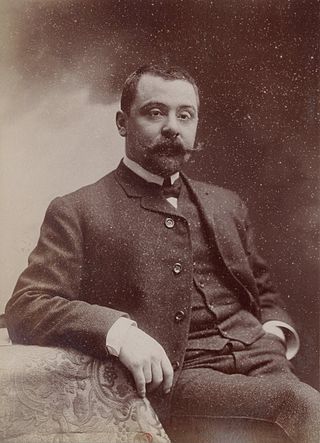
Jacques Élie Faure was a French medical doctor, art historian and essayist.

Monument to Balzac is a sculpture by Auguste Rodin in memory of the French novelist Honoré de Balzac. According to Rodin, the sculpture aims to portray the writer's persona rather than a physical likeness. The work was commissioned in 1891 by the Société des Gens de Lettres and a full-size plaster model was displayed in 1898 at a Salon in Champ de Mars. After coming under criticism the model was rejected by the société and Rodin moved it to his home in Meudon. On 2 July 1939 the model was cast in bronze for the first time and placed on the Boulevard du Montparnasse at the intersection with Boulevard Raspail.

Saint John the Baptist (preaching) is a bronze sculpture, by Auguste Rodin.
David Weiss was an American novelist and writer best known for his bestselling 1963 biographical novel Naked Came I about the life of sculptor Auguste Rodin.
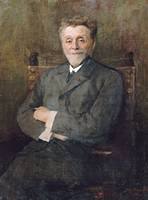
Léonce Bénédite was a French art historian and curator. He was a co-founder of the Société des Peintres Orientalistes Français and was instrumental in establishing Orientalist art as a legitimate genre.

Cybele is a sculpture by French artist Auguste Rodin. It is one of the first of Rodin's partial figures known as "fragments" to be displayed as sculpture in its own right, rather than an incomplete study.
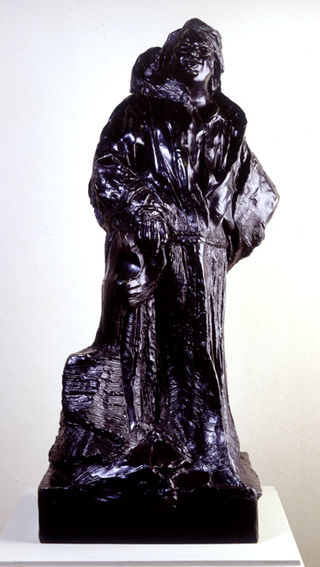
Balzac in the Robe of a Dominican Monk is a bronze sculpture by French artist Auguste Rodin, one of the studies made in preparation to the Monument to Balzac, a tribute to novelist Honoré de Balzac commissioned by the Society of Men of Letters of France in 1891.

Adonis Awakens is an 1889 sculpture by the French artist Auguste Rodin. Based on the account of Adonis in Book 10 of Ovid's Metamorphoses, it is signed “A RODIN” on the edge of the base. It is now in the Museo Soumaya in Mexico City.

Sakuntala, also known as Sakountala or Çacountala, is a sculpture by the French artist Camille Claudel, made in several versions in different media from 1886, with a marble version completed in 1905, and bronze castings made from 1905. The sculpture depicts a young couple, with a kneeling man embracing a woman leaning towards him. It was named after the play Shakuntala by the 4th-5th century Indian poet Kālidāsa, and is inspired by the moment when the title character Shakuntala is reunited with her husband Dushyanta after a long separation.
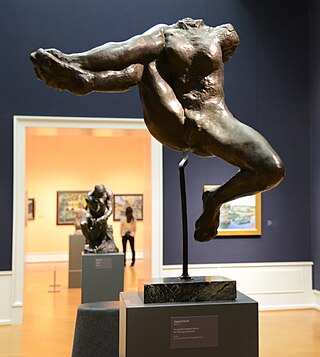
Iris, Messenger of the Gods is a bronze sculpture by Auguste Rodin. A plaster model, created between 1891 and 1894, was cast in bronze by Fonderie Rudier at various times from about 1895. Iris is depicted with her right hand clasping her right foot and her naked body posed provocatively with her legs spread wide, displaying her genitalia.

Rose Beuret was a French seamstress and laundress, known to have been one of the muses and, for 53 years, the companion of Auguste Rodin, whom she married just weeks before her death in 1917.
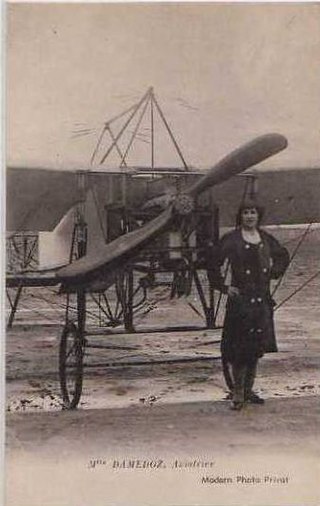
Carmen Damedoz née Marie Élise Provost was a French dancer, artist's model and aviator, earning pilot's licence No. 1449 from the Aéro-club de France on 22 August 1913.



















